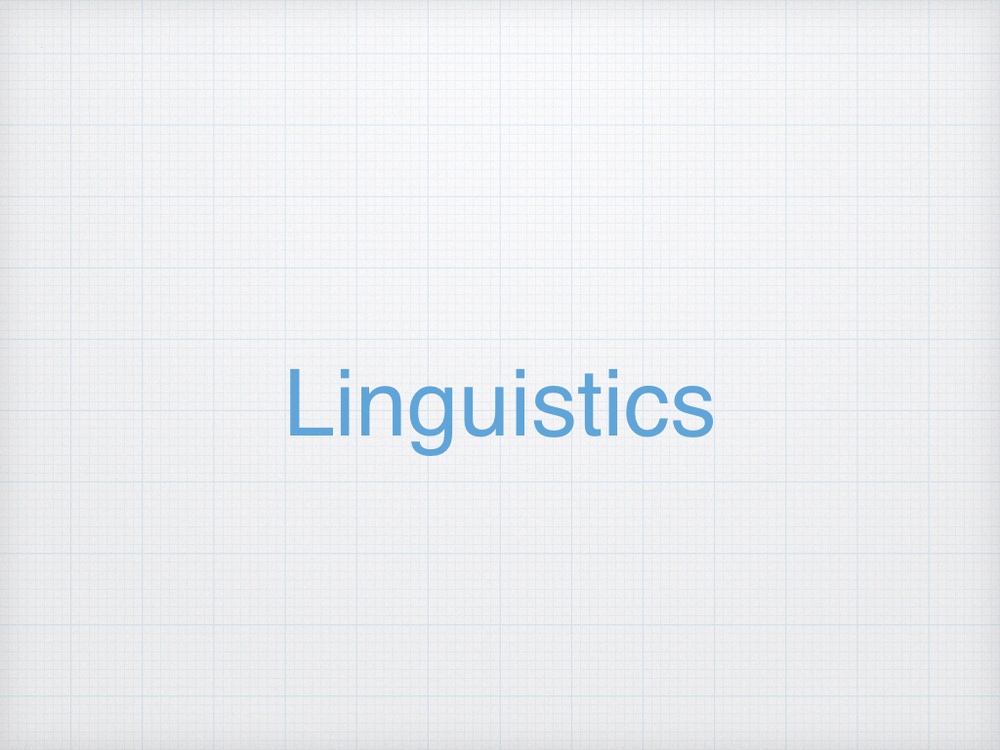Alice in Wonderland で実験してみる.
昨日の投稿でTanaka (2021) の単語分布の興味深い研究を紹介した.これに触発されて私も調査してみた.
Tanaka (2021) はメルヴィルの「白鯨」を題材としていたが,私は別のテキストでキャロルの「不思議の国のアリス」を題材とした.
結論として,Tanaka (2021) と同様に「塊現象」らしきものが発生した.
以下に実行したコードと結果を示す.
import re
import unicodedata
def fullwidth_to_halfwidth(full_text):
"""
全角を半角に変換する関数
"""
return full_text.translate(str.maketrans(
'ABCDEFGHIJKLMNOPQRSTUVWXYZ'
'Abcdefghijklmnopqrstuvwxyz'
'0123456789'
',.!?:;”“’‘()[]{}〈〉《》「」『』【】+-='
'¥%#@&*',
'ABCDEFGHIJKLMNOPQRSTUVWXYZ'
'abcdefghijklmnopqrstuvwxyz'
'0123456789'
',.!?:;""\'\'()[]{}<>《》「」『』【】+-='
'¥%#@&*'
))
def preprocess_text(text):
"""
テキストを前処理する関数
"""
# 全角を半角に変換
text = fullwidth_to_halfwidth(text)
# 小文字に変換
text = text.lower()
# 特殊文字や不要な空白の削除
text = re.sub(r'[\r\n\t]', ' ', text) # 改行、タブをスペースに置換
text = re.sub(r'[^a-zA-Z0-9\s,.!?]', '', text) # 英数字と基本的な句読点以外を削除
text = re.sub(r'\\', '', text) # バックスラッシュを削除
text = re.sub(r'\s+', ' ', text).strip() # 複数のスペースを一つにまとめる
# 正規化(必要に応じて)
text = unicodedata.normalize('NFKC', text)
return text
def save_text_to_file(text, filename):
"""
テキストをファイルに保存する関数
"""
with open(filename, 'w', encoding='utf-8') as file:
file.write(text)
# テキスト
full_text = """
ここにテキストを使用
使用したテキストは下記から引用
https://www.gutenberg.org/files/11/11-h/11-h.htm
"""
full_text = preprocess_text(full_text)
save_text_to_file(full_text, 'full_text.txt')
# 結果の表示
print(full_text)
import pandas as pd
import matplotlib.pyplot as plt
def word_occurrences_df(full_text, target_word):
# 文章を単語に分割
words = full_text.split()
# 単語をバイナリ形式に変換(target_wordを1、それ以外を0にする)
binary_representation = [1 if word == target_word else 0 for word in words]
# データフレームに変換
df = pd.DataFrame({
'Word_Index': range(len(binary_representation)),
'Occurrence': binary_representation
})
return df
# 特定の単語を指定してデータフレームを作成
df = word_occurrences_df(full_text, "the")
# データフレームを表示
print(df.head())
# データフレームを時系列分析に使用して可視化
def plot_word_occurrences_ts(df, target_word):
plt.figure(figsize=(36, 4))
plt.plot(df['Word_Index'], df['Occurrence'], linestyle='None', marker='|')
plt.title(f"Occurrences of the word '{target_word}' in the full_text (Time Series)")
plt.xlabel("Word index")
plt.ylabel(f"Occurrence of '{target_word}' (1 if present, 0 otherwise)")
plt.show()
# 時系列プロットを作成
plot_word_occurrences_ts(df, "the")

参考文献
- 田中久美子 (2021)『言語とフラクタル-使用の集積の中にある偶然と必然-』 東京大学出版会.
- https://www.gutenberg.org/files/11/11-h/11-h.htm

